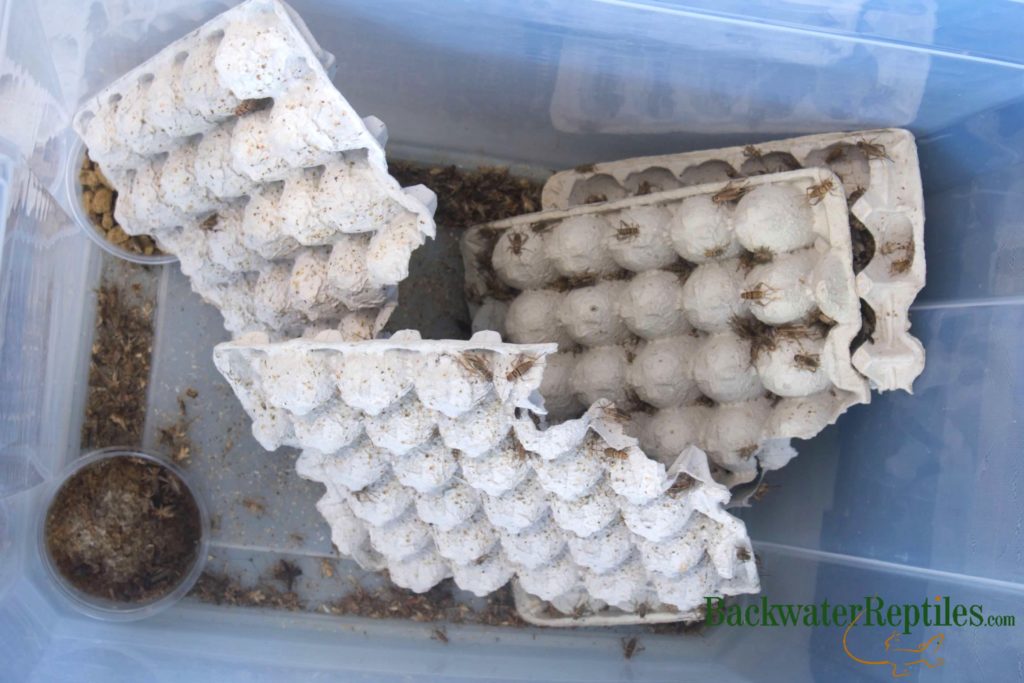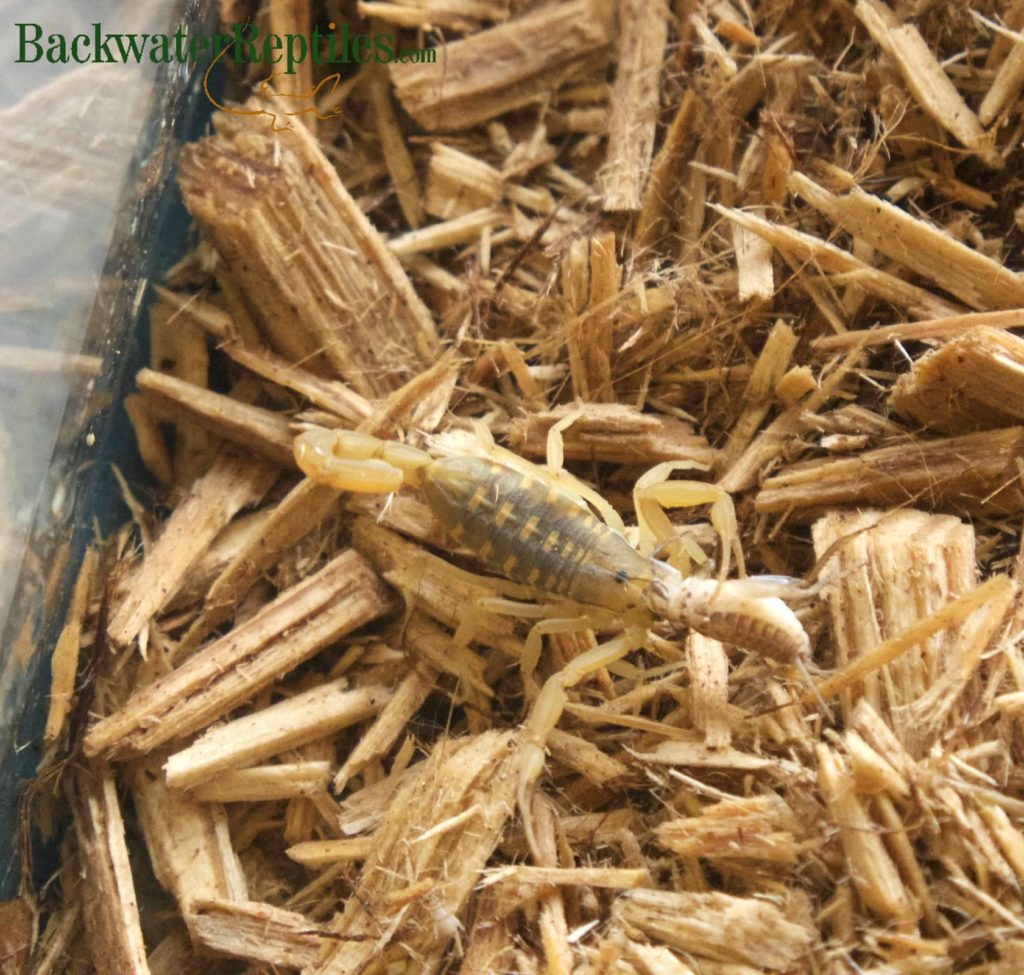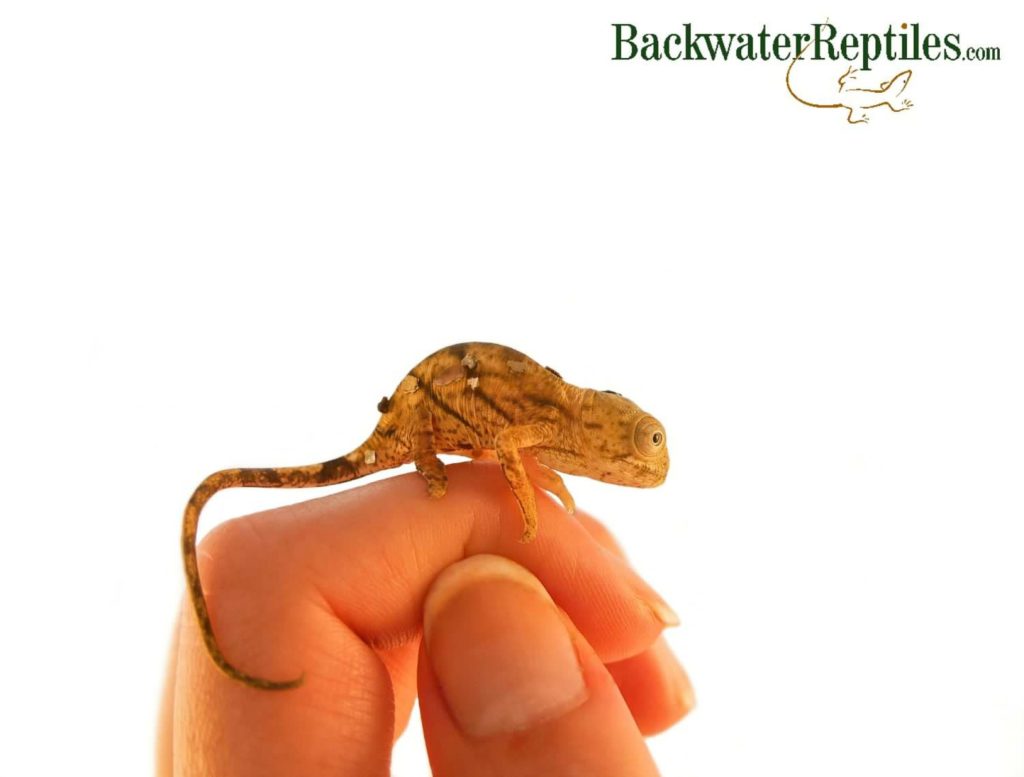If you’ve ever had a pet reptile, amphibian, or invertebrate, you’re likely aware that many of these animals eat insects such as meal worms, crickets, and roaches at meal time.
Crickets are actually a very common insect that are eaten by virtually all types of insectivorous exotic animals. We’d even go so far as to say that they are a “staple food” when it comes to reptile feeding.
In this article, we’ll touch upon some commonly asked questions about feeder crickets such as:
-Do crickets make good feeder insects?
-What types of exotic pets eat crickets?
-Why should I feed my pet reptile, amphibian, or invertebrate crickets? What are the benefits?
-How do I breed and raise my own feeder crickets for my pet reptile, amphibian, or invertebrate?
-What is “gut loading” and how does it affect my pet reptile, amphibian, or invertebrate?
-Where can I get crickets to feed my pet reptile, amphibian, or invertebrate?
-I’ve received my order of feeder crickets. What do I do with them now?
-Are there any downsides to feeding my pet reptile, amphibian, or invertebrate crickets?
Crickets as Feeder Insects
Do crickets make good feeder insects?
The short, sweet, simple answer to this question is YES! They make great feeder insects and we highly recommend them for feeding virtually all types of animals.

Crickets are probably the most popular option when it comes to feeding insectivorous and omnivorous reptiles, amphibians, and invertebrates and for good reason. We’ll go into more detail as to why they make such nutritious meals later on in this article.
What types of exotic pets eat crickets?
As we’ve already mentioned, virtually all insectivorous reptiles, amphibians, and invertebrates consume crickets.
Omnivorous lizards such as bearded dragons, some skinks, and even iguanas will all happily eat crickets. Carnivorous lizards such as young monitors, chameleons, geckos, and many species of agama also love to eat crickets on a daily basis.
Amphibians such as frogs, toads, and salamanders are also insectivores and will therefore gladly eat crickets for breakfast, lunch, and/or dinner.
Believe it or not, even other invertebrates such as scorpions and tarantulas eat crickets.
Why should I feed my pet reptile, amphibian, or invertebrate crickets? What are the benefits to using crickets as feeder insects?
Crickets are extremely nutritious food for pet herps. They possess a ton of protein and a fairly decent water content as well. However, we will say that because they are both smaller and less dense than other feeder insects, like dubia roaches for example, your pet will need to consume more in a single sitting to get the same nutritional value.
We do highly recommend crickets as feeder insects due to their ubiquitous nature. Not only can you order feeder crickets in bulk online from many sellers, you can also pick up as many as you need from virtually any big box, commercial pet store in your area. Crickets are very, very commonly fed to exotic animals of all types, so they are very easy to purchase at a physical store front when necessary. This is a huge benefit in our book because if you accidentally run out of crickets and your pet is hungry, food for them is usually very easy to come by on that same day. No need to wait for them to arrive in the mail while your pet goes without food for a day or more.
Another added bonus to feeding your pet crickets that has nothing to do with nutritional value is that crickets are inexpensive. While other species of feeder insects most certainly are beneficial to your pet’s health, crickets are generally the cheapest option. This tends to be true whether you purchase them in bulk or on a case by case individual need basis. Because crickets are everywhere as a food source, the market for them is fairly inexpensive and this appeals to many exotic pet owners.
Not only are feeder crickets nutritious, ubiquitous, and inexpensive, they also come in a variety of sizes. You can purchase pinhead crickets to feed smaller reptiles, amphibians, and invertebrates such as dart frogs, baby chameleons, and anoles, but you can also purchase full-grown adult crickets to feed to large pets such as mature bearded dragons, adult frogs of many species, and large scorpions and tarantulas.
How do I breed and raise my own feeder crickets for my pet reptile, amphibian, or invertebrate?
We’re going to be up front and state right off the bat that breeding and raising crickets to save money on purchasing them as feeders is quite a pain in the rear end! In most cases, it is actually more cost efficient and time efficient to just order your crickets online or purchase them locally from a pet store.
Raising and breeding crickets requires space, time, effort, and a tolerance for the cricket’s smell, noise level, and propensity to escape.
For these reasons, we don’t even breed and raise our own crickets at the Backwater Reptiles facility, and we feed hundreds of reptiles, amphibians, and invertebrates on a daily basis.
However, if your mind is set on breeding feeder crickets of your own, there are some very handy tutorials online. A quick Google search will reveal a multitude of videos and written instructions on how to do so, but we’re going to steer clear of this topic for the purposes of this blog article.
What is “gut loading” and how does it affect my pet reptile, amphibian, or invertebrate?
Gut loading is a term used to refer to what the feeder crickets are themselves eating at meal time. It essentially means that the crickets are being fed a specific diet that ensures that they are as nutritionally dense as possible for the animals that will be eating them.
Feeder crickets are essentially an empty vessel. Whatever the crickets eat is basically what your pet reptile, amphibian, or invertebrate will be eating. The process of gut loading feeder crickets ensures that your pet gets the most out of meal time.
Gut loaded crickets are fed a variety of foods that are healthy for exotic animals. Most will eat a commercial cricket chow that is specially formulated to deliver nutrition, but often times this staple food is supplemented with fresh fruits and vegetables. It’s not uncommon to give feeder crickets items such as: carrots, dark leafy greens (kale, collard greens, romaine lettuce, mustard greens, etc.), squash, sweet potatoes, wheat germ, prepackaged reptile foods, fish flakes, and regular potatoes (peel included). Your pet should have a varied and balanced diet, and because gut loaded feeder crickets usually do, the nutritional benefits are passed along.
Where can I get crickets to feed my pet reptile, amphibian, or invertebrate?
As we’ve already mentioned, feeder crickets are very, very easy to come by both online and in physical store fronts.
In our opinion, where you buy your feeder crickets depends upon how many you require at a time, how many animals you’ll be feeding, and what’s most cost effective for your budget.
If you are a serious herp hobbyist with many pets to feed, we highly recommend ordering in bulk from an online retailer. It is not only more cost efficient, but it saves you time because you don’t have to trek to the store to purchase what you need. The crickets will be shipped direct to your doorstep, just like with any other type of online purchase.

If you only need to buy a small amount of crickets because you’re just feeding a single animal, we don’t recommend ordering in bulk. This is because not only will your single animal probably not be able to eat all the crickets you order, but the crickets will likely grow and end up being too large for your pet to eat, especially if you buy juvenile crickets. There’s also the possibility that your crickets will die before they even get the chance to become your pet’s dinner.
If you’re looking for a reliable feeder cricket bulk supplier, Backwater Reptiles has certainly got you covered! Simply click here and select a quantity of either 500 or 1,000 from the drop down menu. Your feeder crickets will be shipped overnight for free direct to your doorstep. So convenient!
Smaller quantities of feeder crickets can be purchased from chain pet stores such as PetCo or PetSmart. Many smaller mom and pop feed stores and pet stores also sell feeder crickets in manageable quantities.
I’ve received my order of feeder crickets. What do I do with them now?
You can expect your feeder crickets to live about a few weeks, depending on the age and relative size that you purchase. Obviously, younger crickets will live for a bit longer as they are farther from the end of their life cycle.
Because your pet will probably not be eating all of the crickets you purchase in a single setting, there are things you should do in order to keep your remaining feeder crickets alive and healthy for your pet’s next meal time.
First of all, you will need a holding container for the crickets. Depending on the number of crickets you purchased, a bucket or tall tub should work just fine.
Next, make sure there is some sort of hiding space/crawling space that your crickets can call home for the brief remainder of their life cycle. Generally, when you purchase crickets from the store, you will get a piece of cardboard egg crate. This will usually suffice for the few days that you keep the remaining uneaten crickets.
Lastly, you’ll need to provide a food source for your feeder crickets. If you only have a few crickets to care for, you can just toss a carrot or a piece of potato into the container where your crickets are being held. There’s no need to provide a water dish as crickets get all the water they need from the food they consume.
Now that you’ve provided them with food and some “furniture,” your crickets have everything they need to survive for the next few days while you continue to feed them to your critter.
Are there any downsides to feeding my pet reptile, amphibian, or invertebrate crickets?
Although crickets are excellent food for many exotic pets, they are certainly not perfect. There are definitely some downsides to feeding them to your pet, although these are not because they are not nutritionally poor or lacking.
First of all, crickets can be quite smelly. This is one of the main reasons many people prefer to simply order and/or purchase crickets as needed rather than breed and raise them on their own. The digestive tract of crickets is rather short and simple, so they process their meals in twenty-four to forty-eight hours, and therefore create and eliminate waste rather quickly, which is what causes the distinctive odor that usually accompanies their housing arrangement.

Secondly, crickets are actually rather mean insects. This doesn’t mean that they will bite you and you certainly have no need to fear your feeder crickets, but they can be quite nasty to your pet if left unattended. This essentially means that when you feed any reptile, amphibian, or even invertebrate crickets, you will need to stick around for the duration of the feeding and make sure that any crickets that are not consumed are removed from the enclosure. Otherwise, crickets can actually bite and injure many animals, no matter how unlikely it seems.
Crickets are also known for being escape artists. It’s pretty much inevitable that some will escape from their enclosure, especially if you keep large quantities.
And one final thing we’d like to mention about crickets as feeder insects is the noise they make. As you’re likely aware, crickets are known to chirp and this behavior stays with them even in captivity. So if noisiness bothers you, you might want to think twice about trying to maintain your own personal feeder cricket colony and just purchase feeders as needed.
Conclusion
We hope this blog article has been helpful in laying out the pros and cons of crickets as feeder insects.
While there are certain drawbacks to breeding and maintaining your own colony, we personally think it’s more cost efficient and less time-consuming to just purchase your feeder crickets as needed.
Overall, crickets make excellent meals for all sorts of reptiles, amphibians, and invertebrates!
